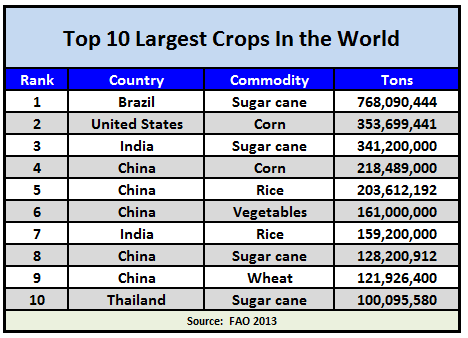It looks like you're using an Ad Blocker.
Please white-list or disable AboveTopSecret.com in your ad-blocking tool.
Thank you.
Some features of ATS will be disabled while you continue to use an ad-blocker.
share:

Gather round ladies and gentleman, boys and girls, children of all ages, you are about to enter the world of darkness, a world where life and death are meaningless, and pain is God.
We're about to "cut up the jackpot" in this tale of the ultimate "gaff" of a dark "freak show" that is Planet Earth. That for too long has been run by "fire breathing" "devil babies"...
The big secret in the world is that sugar is the most brazen annihilator of the planet, short of nuclear bombs.
Sugar Production Damages the Environment
According to the World Wildlife Fund (WWF), roughly 145 million tons of sugars are produced in 121 countries each year. And sugar production does indeed take its toll on surrounding soil, water and air, especially in threatened tropical ecosystems near the equator. A 2004 report by WWF, titled “Sugar and the Environment,” shows that sugar may be responsible for more biodiversity loss than any other crop, due to its destruction of habitat to make way for plantations, its intensive use of water for irrigation, its heavy use of agricultural chemicals, and the polluted wastewater that is routinely discharged in the sugar production process.
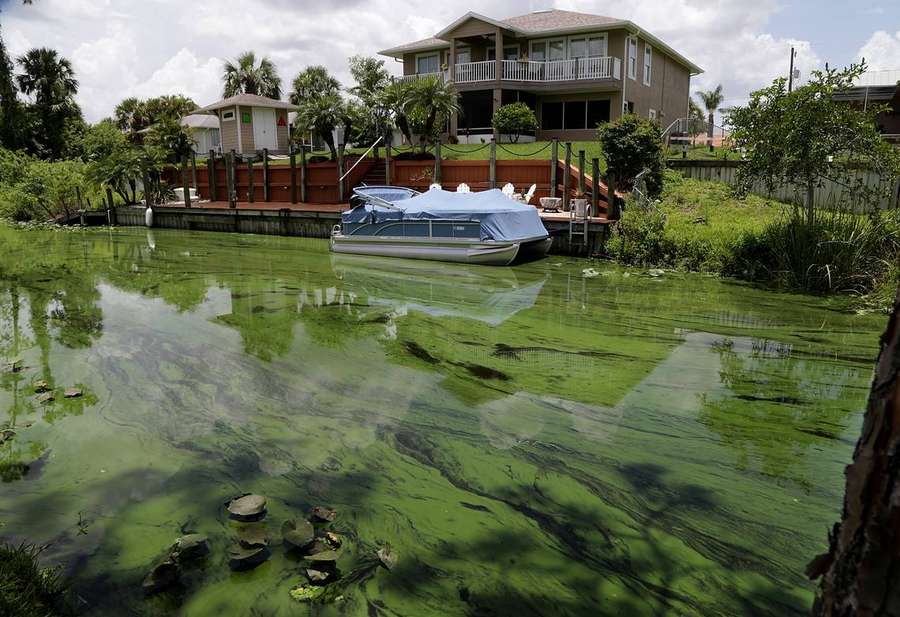
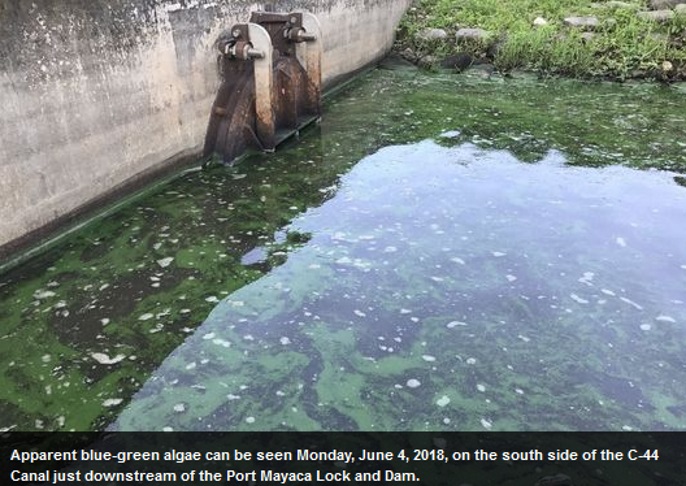
Big Sugar scored a sweet deal that’s left Florida’s waterways a toxic mess
‘It’s kind of horrific’: Toxic algae bloom threatens Florida coasts (again)
Lake Okeechobee, Florida's liquid heart, is once again exploding with a massive algae bloom, a deepening crisis that threatens to slime both coasts in what has become a recurring summer nightmare.

Lake Okeechobee algae feeds Red Tide anxiety in Southwest Florida
A man-made dike keeps Lake Okeechobee from its natural flow south into the Florida Everglades and over sugar cane farms run by companies with major political power. In 2016, the sugar industry contributed nearly $8 million evenly between Democratic and Republican campaigns.
And nobody pushes sugar like clowns, as we'll see...

Here you can see where they prey upon our innate drive of survival itself:
Dianne Brown is a registered, licensed dietitian and certified diabetes educator. For the last four years she has taught classes, counseled patients and educated medical students at Harold Hamm Diabetes Center at the University of Oklahoma in Oklahoma City. “Why do we crave foods that are high in fat and sugar? Part of it goes back to our natural instincts,” Brown said. Humans favor food with lots of calories – courtesy of evolution. The body wants energy-dense foods in case nature deals us lean times. “Fats are a very concentrated source of calories,” Brown explained. “Things that are sweet on our tongue let us know the food is ripened and not spoiled. We are programmed to like sweet foods, even salty foods, because basic body functioning relies on sodium.” newsok.com...
And in their wake they facilitate the most devastating industry known to (wo)mankind....
Next we have the fact that Rum is made from sugarcane byproduct.

Meaning its clearly laregely responsible for the Rape Epidemic:

All enabled because innately diabolical Clowns sp. just must to entice humans with their "cotton candy"! The shear level of inginuity they'rve developed to push this smut is the like of Dr. Evil himself!
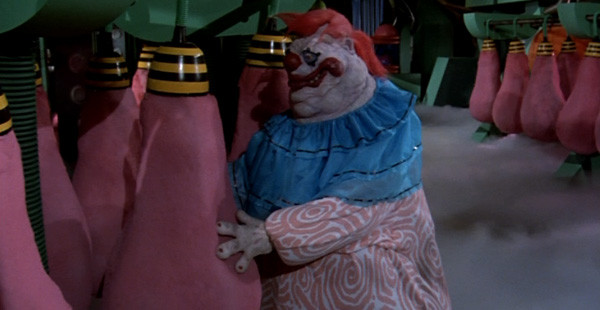
Their creation worked much like modern cotton-candy machines today. At the top of the head, a heater melts the sugar, reducing it to syrup. At the same time, centrifugal force generated by the spinning head—which whips around at a dizzying 3,400 revolutions per minute— forces the liquid sugar through the tiny holes. As the syrup sprays through the holes, it solidifies almost instantly into long skinny strands, just 50 microns (two-thousandths of an inch) in diameter. www.nationalgeographic.com...
No Clown Food discussion would be complete without mentioning the #1 fast food joint, ahem "food stand", in the history of the known universe: McDonald's.

The main issue of McDonald’s negative impact on the environment is global warming resulting from greenhouse gas emissions from cows as well as damaging the rainforest for raising beef cattle and grains. For one thing, methane emitted from cattle is a major contributor of global warming. McDonald’s, as one of the world’s largest buyer of beef, is using 350000 cattle a year. With so many cows farting all day, they could produce a considerable amount of greenhouse gas. In the UK for example, 4% of the carbon emissions are the gas emitted by livestock (Day, 2010). For another, McDonald’s is causing the deforestation in the rain forest. McDonald’s often buys meats for its burgers from privatized farms. These privatized farms, however, are being blamed for not environmentally because the farmland they used to rear the cattle used to be a lush rainforest (Ecologist, 2010). In addition, trees in the rainforest are cut down for agricultural to grow grain for the livestock and poultry (Chew, 2001). According to Greenpeace, McDonald’s feed the chickens with the soybeans grown in the Amazon rainforest because those soybeans are cheaper (Astor, 2006). Therefore, McDonald’s is not only responsible for greenhouse gas emissions but destroying forests, which could help to address global warming. www.ukessays.com...

And lets not forget that EVIL sugar:
One interesting find is that McDonald's Hot 'N Spicy McChicken has 22 grams of sugar, which is over four times the amount of sugar in a basic McChicken (5 grams). The numbers are even higher when the video turns its attention the Frappuccino. Weighing in at 69 grams of sugar, the Frappuccino in the video (looks like a grande?) has more sugar than two full-size Snickers bars. Watch the video below for more sugar shocks. www.eater.com...
Meaning, thanks to Ronald McDonald, Lake Okeechobee this year has been devastated by blue-green algea blooms.
Lake Okeechobee algae feeds Red Tide anxiety in Southwest Florida
Charlotte and Lee counties are experiencing some of the highest concentrations of red tide in recent memory, and it's creeping north into Sarasota. Facebook videos of dead manatees and sea turtles have gone viral, but dying gamefish like snook and endangered redfish scare Greer most. "Everytime I see a dead one now, it breaks my heart," he says. "Because I know we don't have a lot of them left."
...CONTINUED...edit on 11-10-2018 by IgnoranceIsntBlisss because: (no reason given)
...CONTINUED...

What's this, politicians getting hush money from dead manatees?
And it doesnt end there folks:
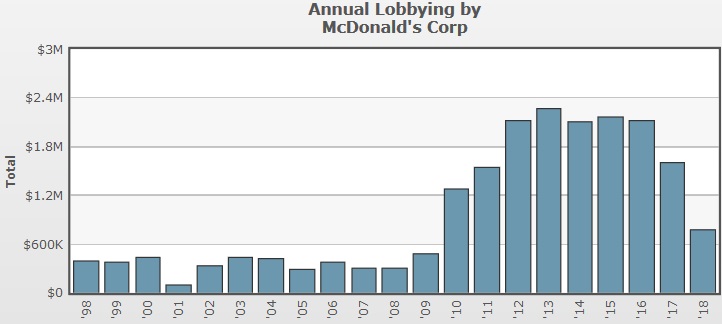
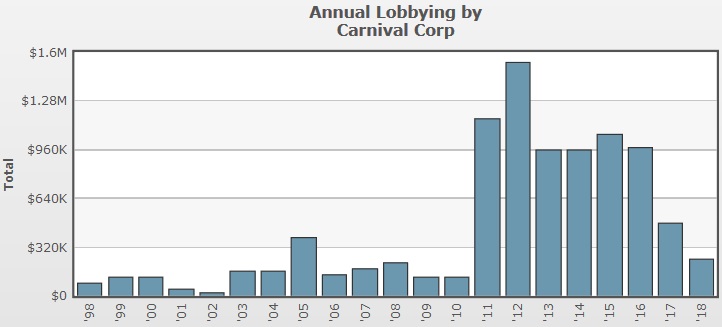
So there it is. Up there in the District of Clowns, our "elected" joker politicians are on bribe street in that over glorified carnival of death and destruction, the ultimate "crime show" on earth!
First up is everyones favorite carnie chimp, Dubya!

But the fun and games from our local circuit were nothing in comparison to the results of Bush's agenda to deploy Depleted Uranium Munitions across Iraq (the policy originally set in motion by his daddy):
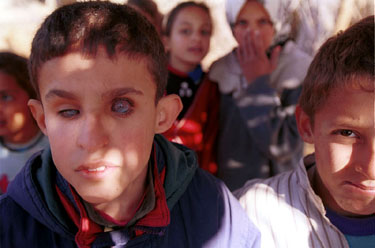
Then his successor, the blackest half African man of all time, whose birth certificate had to be with held from public view because he was in fact born in Gibsonton Florida ("Gibtown"), the primo "land office businessman" in POTUS hstory, Barack Obama!

I guess Homey the Clown really doesnt mess around! No doubt, as the top secret clown business he and Hillary Clinton enacted set that part of the world ablaze...
Actual Video Evidence of a CIA henchman out doing casework:
Next up on stage is the first woman president anywhere ever, also known as "Pickles the CLown",

The environmental devastation of her scorched earth campaign across the Middle East is the stuff of legends, like vying for all time ever grade stuff, despite the fact that there has been a perpetual conflict there since before the dawn of recorded history (no joke there, folks).
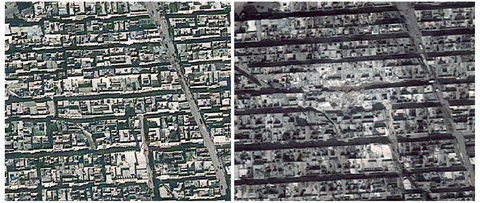

Last but not least in tonights show, our current "boss canvasman", the "ultimate pincushion" in recorded history, although to many he's actually a "pinhead", Donald Trump our latest "talker" has been "pitching" and "professing" all too often in ways that rub wrong EnvironMENTALists. Naturally they all insist he's been running amok to just "take the best holt".


Trump's entire base, the "Juggalo's", recently rallied back against his opponents, whom judging by the Demcrat's unending flailing fits of autistic screeching, Trump surely has been personally clubbing to death innocent and defeneless baby seals out there at his favorite golf course.
...CONTINUED...

What's this, politicians getting hush money from dead manatees?
And it doesnt end there folks:


So there it is. Up there in the District of Clowns, our "elected" joker politicians are on bribe street in that over glorified carnival of death and destruction, the ultimate "crime show" on earth!
First up is everyones favorite carnie chimp, Dubya!

"He has undone decades if not a century of progress on the environment," said Josh Dorner, a spokesman for the Sierra Club, one of America's largest environmental groups. "The Bush administration has introduced this pervasive rot into the federal government which has undermined the rule of law, undermined science, undermined basic competence and rendered government agencies unable to do their most basic function even if they wanted to. We're excited just to push the reset button." www.theguardian.com...
But the fun and games from our local circuit were nothing in comparison to the results of Bush's agenda to deploy Depleted Uranium Munitions across Iraq (the policy originally set in motion by his daddy):

US fired depleted uranium at civilian areas in 2003 Iraq war
US forces fired depleted uranium (DU) weapons at civilian areas and troops in Iraq in breach of official advice meant to prevent unnecessary suffering in conflicts, a report has found. Coordinates revealing where US jets and tanks fired nearly 10,000 DU rounds in Iraq during the war in 2003 have been obtained by the Dutch peace group Pax. This is the first time that any US DU firing coordinates have been released, despite previous requests by the United Nations Environment Programme and the Iraqi government.
Then his successor, the blackest half African man of all time, whose birth certificate had to be with held from public view because he was in fact born in Gibsonton Florida ("Gibtown"), the primo "land office businessman" in POTUS hstory, Barack Obama!

In 2015 Obama lowered the threshold for acceptable ozone levels from 75 parts per billion, set under George W. Bush, to 70ppb. Green groups and medical scientists have said that this is above the levels that are safe for people to breathe. In a 2014 analysis, the Environmental Protection Agency recommended the limit be set between 60 and 70ppb. Environmental groups were rooting for the lower end of the spectrum. They were disappointed when Obama appeared to cave to the industries that emit ozone-generating chemicals, which fought for minimal or no reduction.
www.ibtimes.co.uk...
I guess Homey the Clown really doesnt mess around! No doubt, as the top secret clown business he and Hillary Clinton enacted set that part of the world ablaze...
Actual Video Evidence of a CIA henchman out doing casework:
Next up on stage is the first woman president anywhere ever, also known as "Pickles the CLown",

The environmental devastation of her scorched earth campaign across the Middle East is the stuff of legends, like vying for all time ever grade stuff, despite the fact that there has been a perpetual conflict there since before the dawn of recorded history (no joke there, folks).

The fighting also led to severe indirect consequences such as the collapse of environmental governance, resulting in the accumulation of household, medical and industrial waste and the outbreak of communicable diseases. Ensuing waste burning and waste dumping could pollute groundwater sources. Civilians in the oil-rich areas started make-shift oil refineries, exposing them to hazardous substances that under peace-time circumstances are heavily regulated. www.paxforpeace.nl...

Last but not least in tonights show, our current "boss canvasman", the "ultimate pincushion" in recorded history, although to many he's actually a "pinhead", Donald Trump our latest "talker" has been "pitching" and "professing" all too often in ways that rub wrong EnvironMENTALists. Naturally they all insist he's been running amok to just "take the best holt".
EPA LOOSENS REGULATIONS ON TOXIC AIR POLLUTION
“They’re really going to be killing people,” said Hip-Hop Caucus vice president Mustafa Ali, the former environmental justice head at EPA, in an interview with Earther. “You’re going to have all types of public health problems.”
news.nationalgeographic.com...

Juggalos descend on D.C. to fight FBI gang distinction as pro-Trump activists rally
“We’re different. We’re not dangerous,” Kevin Gill, who is an announcer for a Juggalo wrestling league, said from the rally stage. “Music is not a crime.”

Trump's entire base, the "Juggalo's", recently rallied back against his opponents, whom judging by the Demcrat's unending flailing fits of autistic screeching, Trump surely has been personally clubbing to death innocent and defeneless baby seals out there at his favorite golf course.
...CONTINUED...
edit on 11-10-2018 by IgnoranceIsntBlisss because: (no reason given)
edit on 11-10-2018 by IgnoranceIsntBlisss
because: (no reason given)
...CONTINUED...
And, as expected, in the finest piece of journalism known to man, Michael Wolff’s Fire and Fury book (ahem "bill") PROVED (by third hand accusations) that Trump's favorite food is none other than the clown food served by Ronald McDonald Himself!

And for the ultimate red hot smoking gun, here is PROOF Trump is infact a carnie:

And did you know Trump is also a Nazi??

And there it is, ladies and gentleman (and the rest of you from FACEbook's 327 "genders"), um, yeah. I wish I had some clever outro remarks, but Ronald McDonald has one up'ed us all.

With slick youth out reached propaganda infrastructure across Planet Earth, its "food stands" are literal indoctrination camps to kids embarking on a lifestyle of obesity and lyposuction clinics, that in their wake leaves a red tide of dead manatees and sea turtles.

Which is some kind of wicked, as they learned that from Hitler's Youth, you get them when they're young and you've got them for life!
Killer Clowns threaten to destroy Planet Earth!
And, as expected, in the finest piece of journalism known to man, Michael Wolff’s Fire and Fury book (ahem "bill") PROVED (by third hand accusations) that Trump's favorite food is none other than the clown food served by Ronald McDonald Himself!

And for the ultimate red hot smoking gun, here is PROOF Trump is infact a carnie:

And did you know Trump is also a Nazi??

And there it is, ladies and gentleman (and the rest of you from FACEbook's 327 "genders"), um, yeah. I wish I had some clever outro remarks, but Ronald McDonald has one up'ed us all.

With slick youth out reached propaganda infrastructure across Planet Earth, its "food stands" are literal indoctrination camps to kids embarking on a lifestyle of obesity and lyposuction clinics, that in their wake leaves a red tide of dead manatees and sea turtles.

Which is some kind of wicked, as they learned that from Hitler's Youth, you get them when they're young and you've got them for life!
Killer Clowns threaten to destroy Planet Earth!
edit on 11-10-2018 by IgnoranceIsntBlisss because: (no reason given)
Fixed what the storm the other night messed up. mostly.
The stuff in "quotation marks" are all carnie terms, which are quite rich & fascinating I learned doing this, and can be reviewed here:
www.shockedandamazed.com...
Fun pop trivia is I once upon a time lived very near Gibtown. Interacted with some of these sorts. Those experiences had no influence on this whole ordeal, it just popped into my head the other day to do a diabolical piece about children trying to destroy the earth, their innate sweet toothes, but then I realized clowns would be more fun to lampoon it all around.
The stuff in "quotation marks" are all carnie terms, which are quite rich & fascinating I learned doing this, and can be reviewed here:
www.shockedandamazed.com...
Fun pop trivia is I once upon a time lived very near Gibtown. Interacted with some of these sorts. Those experiences had no influence on this whole ordeal, it just popped into my head the other day to do a diabolical piece about children trying to destroy the earth, their innate sweet toothes, but then I realized clowns would be more fun to lampoon it all around.
edit on 11-10-2018 by IgnoranceIsntBlisss because: (no reason given)
“ Captain Spaulding “
The Devils rejects was one of my favorite Rob zombie films.
It’s appropriate the way you portrayed him as the villain.
Sugar maybe worse for the environment, but high fructose corn syrup is worse for us .
The Devils rejects was one of my favorite Rob zombie films.
It’s appropriate the way you portrayed him as the villain.
Sugar maybe worse for the environment, but high fructose corn syrup is worse for us .
This is some pretty well thought out nonsense, colour me impressed and call me a clown.
I can see your points however but the post is a real circus.
a reply to: IgnoranceIsntBlisss
I can see your points however but the post is a real circus.
a reply to: IgnoranceIsntBlisss
edit on 11-10-2018 by Athetos because: (no reason given)
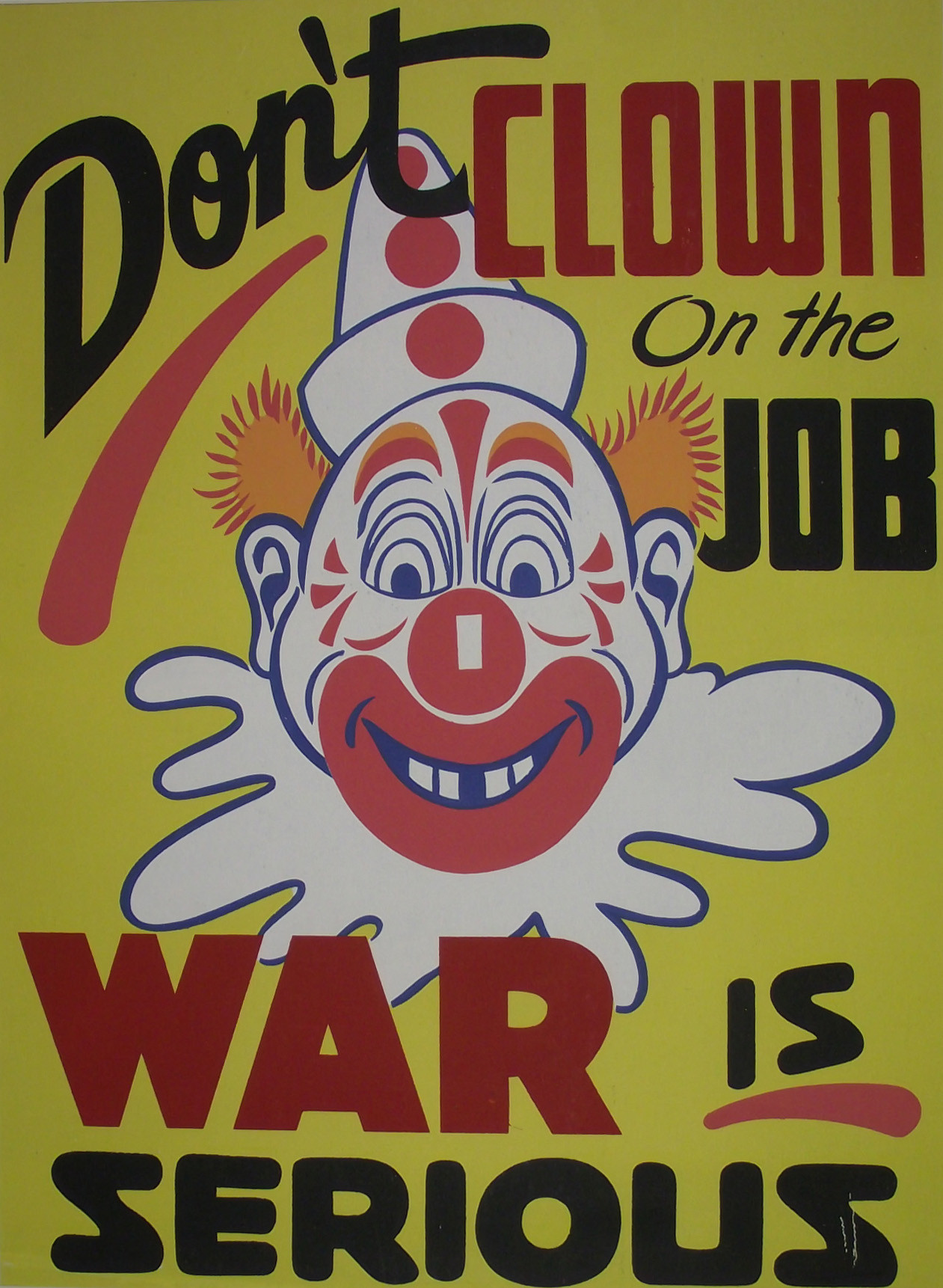
Does anyone happen to know what is the number one produced crop in the world?
Oh,wow !
Just , WOW !
Gotta go back and read it again, because I think you hit a nerve.
LOL !
Just , WOW !
Gotta go back and read it again, because I think you hit a nerve.
LOL !
originally posted by: Groot
Oh,wow !
Just , WOW !
Gotta go back and read it again, because I think you hit a nerve.
Let's start with the sugar wars and corn syrup, the beginning to to the end.....
Over the past 50 years researchers, clinicians, professional organizations, and health charities have waged war on sugar, calling for dietary recommendations to be changed and for a sugar tax on soft drinks and sweet treats in an effort to reduce obesity and cardiovascular diseases. In 2014, the WHO recommended that adults and children reduce their daily intake of free sugars to less than ten percent of their total energy intake. But could the war on sugar be bad for your health? Experts present the arguments both for and against sugar in this hotly contested debate on the "Sugar Wars" published in Progress in Cardiovascular Diseases.
www.sciencedaily.com...
LOL !
So fat is good again?
Damn you sugar demons!!!!!
I hear those Clowns be allergic to Guillotines they go "YAH".
Damn you sugar demons!!!!!
I hear those Clowns be allergic to Guillotines they go "YAH".
a reply to: Fallingdown
Dig!
But the only question that matters is, would Trump trade 10 Juggalo's for 100 mainstream fans?
Dig!
But the only question that matters is, would Trump trade 10 Juggalo's for 100 mainstream fans?
new topics
-
Those Great Fresh Pet Commercials
Television: 4 hours ago -
S.C. Jack Smith's Final Report Says Trump Leads a Major Conspiratorial Criminal Organization!.
Political Conspiracies: 6 hours ago -
Advice for any young Adult .
General Chit Chat: 7 hours ago -
Joe meant what he said about Hunter's pardon....
US Political Madness: 8 hours ago -
Regent Street in #London has been evacuated due to a “bomb threat.”
Other Current Events: 8 hours ago -
It’s Falling…
Philosophy and Metaphysics: 10 hours ago
top topics
-
Steering the Titantic from the Drydock.
Rant: 13 hours ago, 10 flags -
Joe meant what he said about Hunter's pardon....
US Political Madness: 8 hours ago, 10 flags -
Advice for any young Adult .
General Chit Chat: 7 hours ago, 10 flags -
S.C. Jack Smith's Final Report Says Trump Leads a Major Conspiratorial Criminal Organization!.
Political Conspiracies: 6 hours ago, 9 flags -
It’s Falling…
Philosophy and Metaphysics: 10 hours ago, 4 flags -
Regent Street in #London has been evacuated due to a “bomb threat.”
Other Current Events: 8 hours ago, 3 flags -
Those Great Fresh Pet Commercials
Television: 4 hours ago, 2 flags
active topics
-
It’s Falling…
Philosophy and Metaphysics • 3 • : ManSizedSquirrel -
S.C. Jack Smith's Final Report Says Trump Leads a Major Conspiratorial Criminal Organization!.
Political Conspiracies • 32 • : Vermilion -
Planned Civil War In Britain May Be Triggered Soon
Social Issues and Civil Unrest • 20 • : Vermilion -
Paramilitary Leaks - John Williams
Whistle Blowers and Leaked Documents • 12 • : xuenchen -
Los Angeles brush fires latest: 2 blazes threaten structures, prompt evacuations
Mainstream News • 58 • : Degradation33 -
Russia Ukraine Update Thread - part 3
World War Three • 6903 • : Arbitrageur -
Joe meant what he said about Hunter's pardon....
US Political Madness • 9 • : bluesman023 -
Claim: General Mark Milley Approved Heat and Sound Directed Energy Weapons During 2020 Riots
Whistle Blowers and Leaked Documents • 32 • : BeyondKnowledge3 -
Advice for any young Adult .
General Chit Chat • 16 • : grey580 -
Those Great Fresh Pet Commercials
Television • 3 • : nerbot

